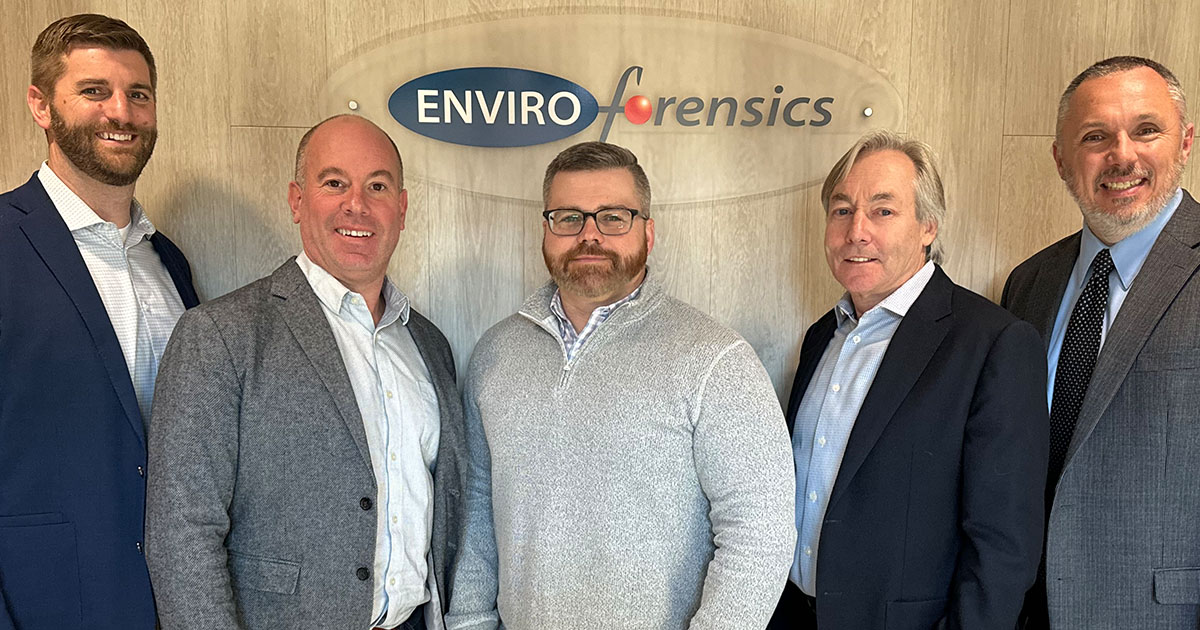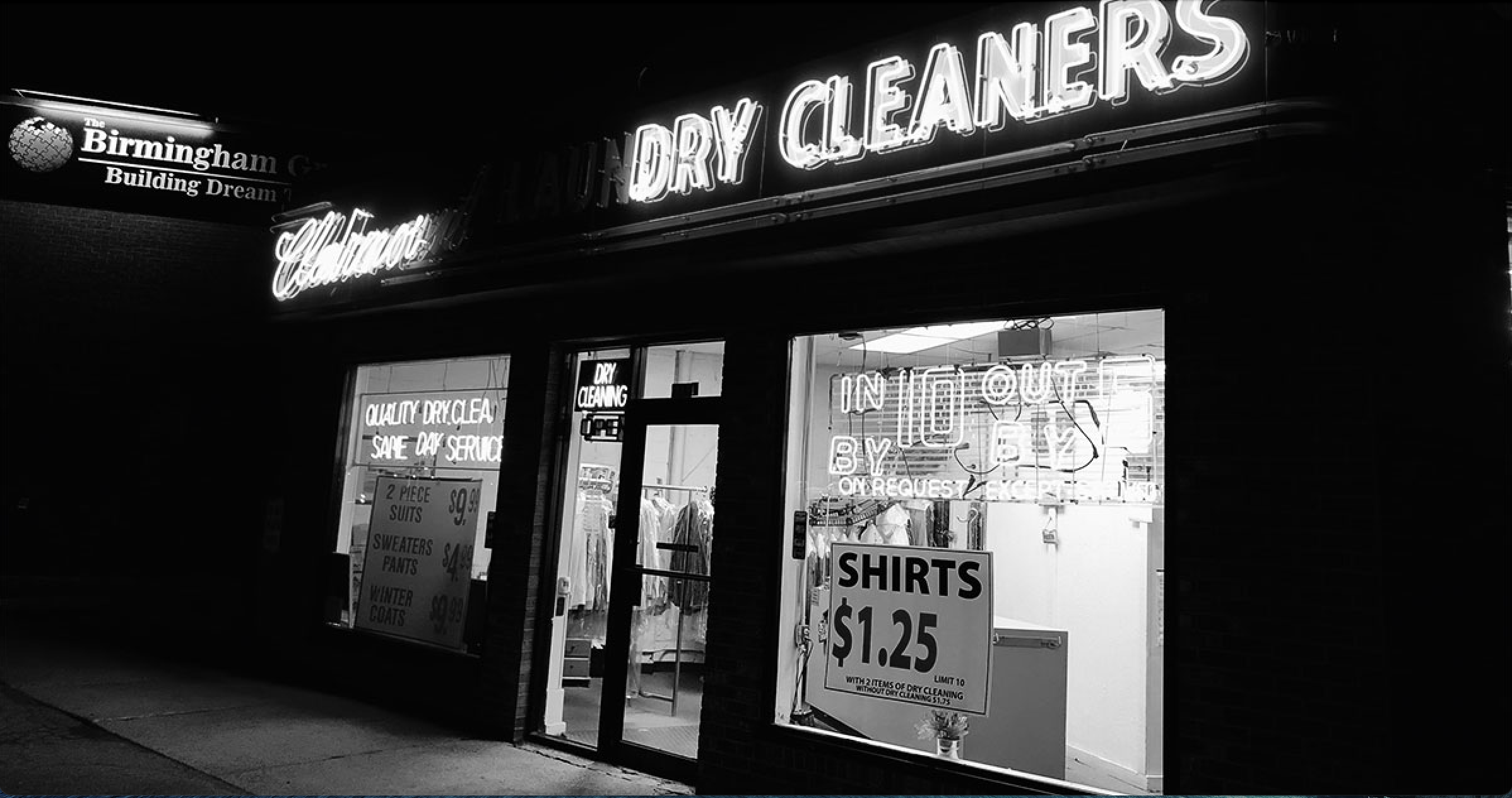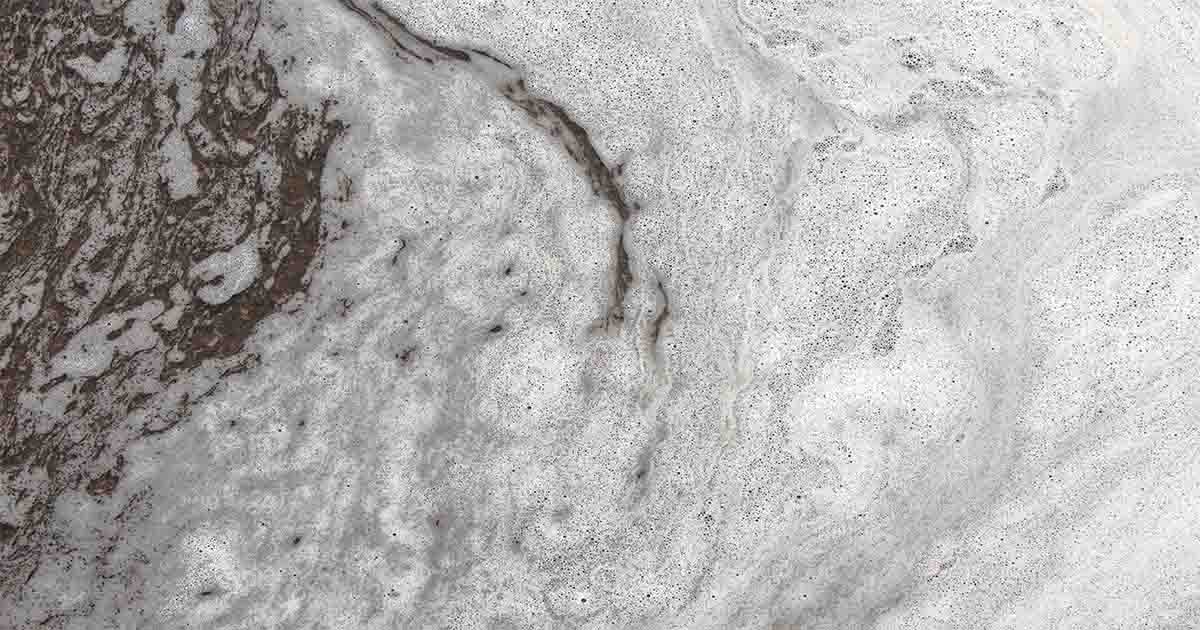The fundamental, hard-fast goals of a subsurface remediation project are to stop any current human or ecological exposure; and to avoid any potential future human or ecological exposure. Here are some of the basic concepts and economic considerations used to determine effective site cleanup strategies to attain regulatory closure at contaminated sites.
There are essentially three ways to achieve remediation project objectives:
- Physically remove the contamination
- Soil Excavation
- Soil Vapor Extraction
- Groundwater Extraction
- Electrothermal Heating
- Chemically, or biochemically destroy, or immobilize the contamination in place
- Chemical Oxidation, Permanganate, Persulfate, Ozone
- Chemical Reduction, Zero-Valent Iron, Enhanced biotic reduction
- Bioattenuation (microbes)
- Soil Stabilization
- Eliminate the potential for exposure to occur by use of either Engineered or Institutional Controls
- Impermeable Cap
- Big Fence
- Long-Term Vapor Mitigation Systems
- Control Land Use Activities through Deed Restrictions
- Ordinances to disallow use of groundwater resources
Small subsurface releases of contamination can be completely cleaned up by direct removal techniques, such as excavating the entire area, but larger releases where soil, groundwater and vapor phase impacts are present are much more difficult to remediate. It is common that a complete remediation is not technically feasible, or financially possible, as the amount of money available is always finite.
As such, the long-term monitoring of Engineered or Institutional Controls is nearly always a component of remedial planning. This is necessary to ensure that it doesn’t cause exposure problems in the future. This monitoring is known as Long-Term Stewardship, and it can greatly impact not only the overall costs of addressing contaminated sites, but also the type of remedy selected. The duration and necessary intensity of Long-Term Stewardship activities is determined by balancing the cost of active remediation activities with the costs associated with the monitoring of exposure conditions into the future.
Understanding that the first course of business in performing an environmental cleanup is the elimination of current human or ecological exposure, then doing what work can be afforded to improve site conditions, while following that up with monitoring to make sure that future exposure concerns will be avoided. Many times, the cost of more active remediation and less long-term monitoring makes the most sense economically. It definitely does from a perspective of reducing the total amount of harmful hazardous wastes in the natural environment.
About the author:
 Environmental Expert
Environmental Expert
Jeff Carnahan, L.P.G.
866-888-7911
jcarnahan@enviroforensics.com
Jeffrey Carnahan is a Vice President and the Director of Technical Services at EnviroForensics, Mr. Carnahan holds a M.S. in Geology and is a Licensed Professional Geologist (LPG) with 17 years of environmental consulting and remediation experience. Mr. Carnahan’s expertise has focused on the investigation and interpretation of subsurface releases of hazardous substances for the purpose of evaluating and controlling the risk and cost implications to his clients. While managing sites ranging in size from retail gas stations and dry cleaners to large manufacturing facilities, Mr. Carnahan has amassed extensive experience working with releases of chlorinated solvents within voluntary and enforcement cleanup programs for various State agencies and the U.S. EPA. In his role as Director of Technical Services, Mr. Carnahan leads, supports and encourages the entire EnviroForensics team of experts as they guide their clients through the process of turning environmental liabilities to assets.
EnviroForensics® is an environmental engineering firm specializing in soil and groundwater investigation and remediation and vapor intrusion assessment and mitigation. EnviroForensics has all have the tools available to us to perform the highest caliber science in the market today, which allows designing and implementing clever, innovative and effective solutions to PCE and TCE contamination. EnviroForensics® has pioneered and perfected the utilization of Commercial General Liability insurance policies as a resource to pay for the high costs associated with soil and groundwater investigations, remediations, and legal defense.



